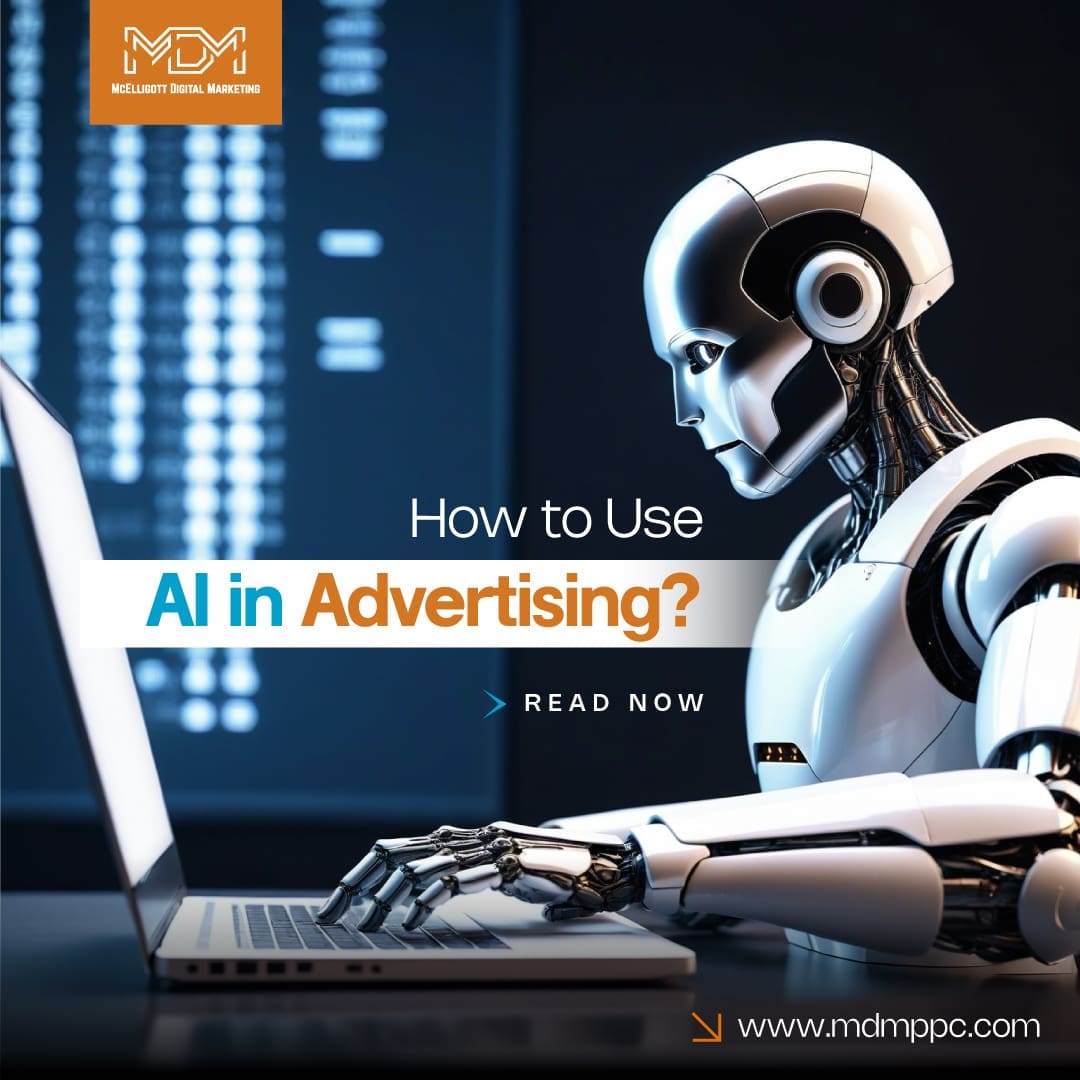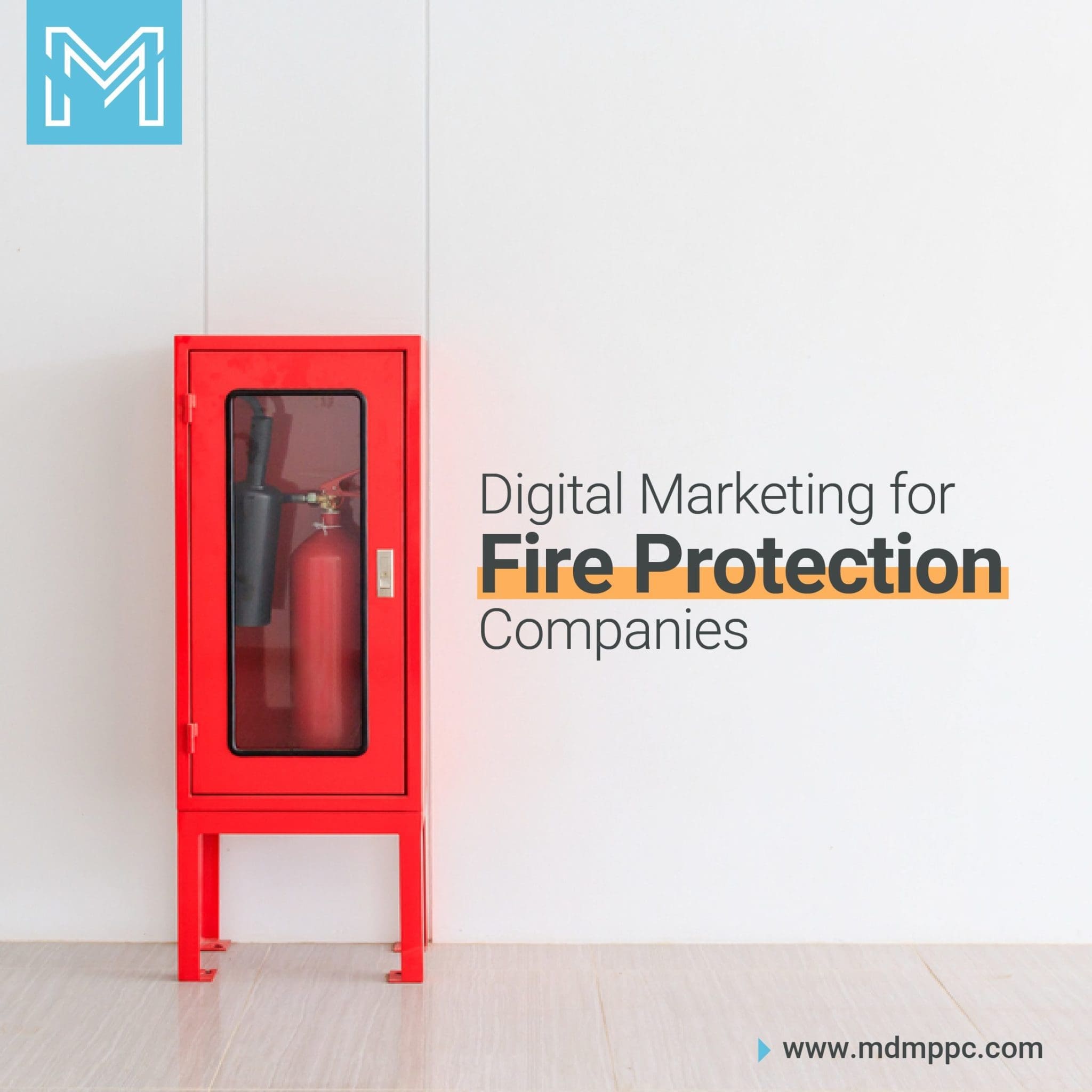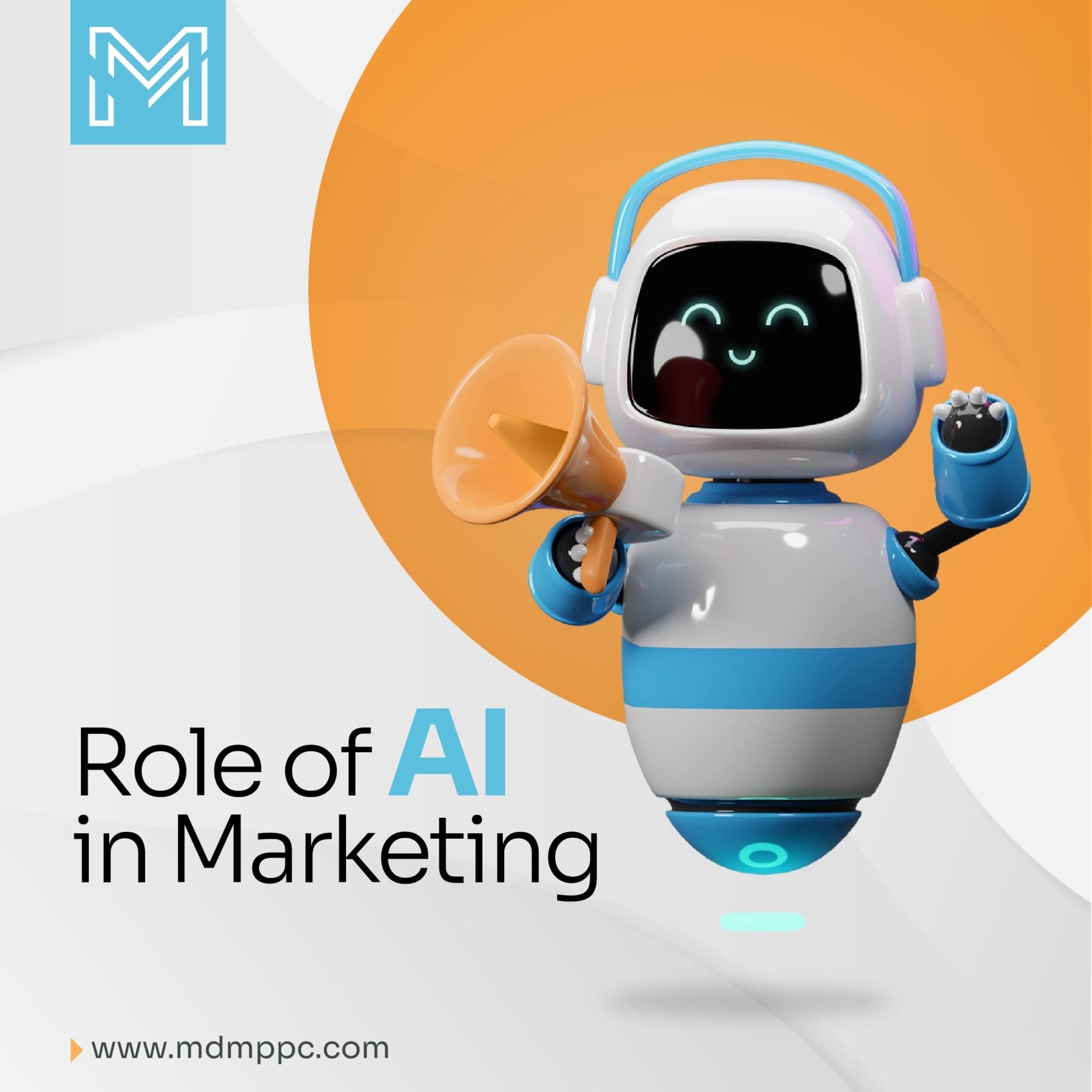Google ads as a part of your digital marketing strategy are a great way to get more leads and brand awareness. It’s extremely helpful for local businesses who want to place ads to attract local customers. But to get results from Google ads campaigns over time, you need to have some criteria to measure the effectiveness of your ads. For this you might ask the following questions and rightly so:
What is the average conversion rate for Google Ads?
What is the average Google Ads conversion rate by industry?
These questions can go as deeper as to inquire about display ads conversion rate or conversion rate for display ads.
If you’re investing in something, let’s say Google Ads you need to know the Google ads benchmarks. In this blog, we’ll first discuss the Google AdWords conversion rate benchmarks that count and then the Google Ads conversion rate by industry.
Benchmarks for Google Adwords conversion rate
To measure Google Ads success rate, you’ll need to understand the benchmarks and what they mean.
1. Cost Per Click
CPC, or Cost Per Click, is how much money you pay each time someone clicks on your ad.
Cost Per Click (CPC) is similar to the price tag for online ads- it’s how much money advertisers pay each time someone clicks on their ad. Understand it like an auction where advertisers bid to get their ads shown. The higher the bid, the better the chance their ad will appear. But it’s not just about money. Google, for example, looks at the Quality Score, which checks how good the ad is. If your ad is relevant and people like it, you might pay less.
The actual cost you pay for a click depends on your bid and the quality of your ad compared to others. To keep it simple, CPC is about balancing how much you’re willing to pay, making sure your ad is good, and understanding what others are doing in the ad game.
Average Cost per click for Google Ads- $4.22
What it means?
- Budget impact- CPC directly affects your budget. If the cost per click is high, you’ll spend more for each user interaction.
- Keyword consideration- It reflects how competitive and valuable your chosen keywords are. High-demand keywords often lead to higher CPCs.
- Ad Quality influence- Google rewards ads that are relevant and engaging with a lower CPC. A good ad experience for users can decrease costs.
2. Click Through Rate
CTR, or Click-Through Rate, is the percentage of people who click on your ad after seeing it.
Click-through rate is a metric used as a Google ads conversion benchmark, indicating the percentage of people who click on an ad after seeing it. It is calculated by dividing the number of clicks an ad receives by the number of times the ad is shown (impressions), and then multiplying the result by 100 to express it as a percentage, essentially determining the ad’s average CTR.
For example, if an ad is clicked 50 times and displayed 1,000 times, the CTR would be 5% (50 clicks / 1,000 impressions * 100). CTR is a crucial measure of ad effectiveness, reflecting how well an ad captures the interest of its audience. Higher CTRs can suggest that the ad is relevant and engaging, which can positively impact its performance and may lead to lower costs in Google ads.
Average click-through rate for Google ads- 6.11%.
What it means?
- Ad effectiveness- CTR measures how well your ad grabs attention. A high CTR indicates that people find your ad interesting and click on it.
- Quality score impact- Google uses CTR to determine your ad’s Quality Score. A higher CTR contributes to a better score, potentially lowering your CPC.
- Audience engagement- It shows how well your ad aligns with what users are searching for. A higher CTR means your ad resonates with your target audience.
3. Cost per lead
CPL, or Cost Per Lead, is how much you spend to acquire a potential customer’s contact information.
Cost Per Lead CPL is a metric in online advertising that tells you how much money you spend to get a potential customer’s contact information, like their email or phone number. Suppose you’re running an event, and people must sign up with their details to participate. The cost per lead is the total amount you spend on the ads divided by the number of people who signed up. So, if you spent $100 on ads and got 20 people to sign up, your CPL would be $5 (total spend/number of leads).
It helps businesses understand the expense involved in acquiring potential customers and is crucial for evaluating the efficiency of lead-generation campaigns.
Average cost per lead for Google ads- $53.52.
What it means?
- Marketing ROI- CPL helps measure the return on investment for lead generation efforts. It compares the cost of getting a lead to the potential revenue it could bring.
- Lead quality check- It ensures that the money spent generates valuable leads, not just a large quantity. Quality leads are more likely to convert into paying customers.
- Campaign adjustment- If CPL is high, tweaking targeting or ad elements can improve efficiency and reduce costs.
4. Conversion rate
Conversion Rate is the percentage of users who complete a desired action after clicking on your ad.
A conversion rate shows how many people did what you wanted them to do, like clicking on an ad. To find the rate, divide the number of people who did the action by the total audience and then turn that into a percentage.
For example, if 800 people clicked on an ad out of 20,000, the conversion rate is 4%. It’s useful because it helps compare how well different ads are doing. In mobile ads, it tells us if our campaigns are successful. Conversion rates can also look at things like app installations. This helps advertisers find valuable users and fix any problems with their ads. If your conversion rates are constantly performing badly, you need to find out why your Google ads are not working.
Even though there’s no one-size-fits-all success rate, looking at Google AdWords conversion rate helps us see how we’re doing compared to others.
Average conversion rate for Google ads- 7.04%.
Source: LocaliQ
What it means?
- Goal achievement- Conversion Rate shows how successful your ad is in achieving its goal, whether it’s making a sale, getting sign-ups, or other actions.
- Landing page focus- The user’s journey matters. Optimizing landing pages for relevance and user-friendliness improves the chances of users taking the desired action.
- Campaign evaluation- Monitoring conversion rates helps assess overall campaign effectiveness. It guides you in refining strategies for better results.
Now that you have an idea of the important benchmarks to measure Google ads success rate, we can look at the Google ads conversion rate by industry, considering industry benchmarks.
Google ads conversion rate by industry.
1. Attorney and Legal services
- Average cost per click for attorney and legal services- $9.21. Attorneys & Legal Services industry has consistently witnessed higher cost per click than most of the business types.
- Average click-through rate for attorney and legal services- 4.76%.
- Average cost per lead for attorney and legal services- $111.05.11
- Average conversion rate for attorney and legal services- 7.00%..00%
2. Dentists & Dental Services
- Average Cost Per Click for Dentists and Dental Services- $6.69.
- Average Click-Through Rate for Dentists and Dental Services- 5.34%.
- Average Cost Per Lead for Dentists and Dental Services- $65.37%.
- Average Conversion Rate for Dentists and Dental Services- 10.40%.
3. Furniture
- Average Cost Per Click for the furniture industry- $2.77.
- Average Click-Through Rate for the furniture industry- 6.19%, which is considered a good conversion rate.
- Average Cost Per Lead for the furniture industry- $108.85%.
- Average Conversion Rate for the furniture industry- 2.57%.
4. Real Estate
- Average Cost Per Click for the real estate industry- $1.55
- Average Click-Through Rate for the real estate industry- 9.09%.
- Average Cost Per Lead for the real estate industry- $66.02%.
- Average Conversion Rate for the real estate industry- 2.88%.
5. Automotive- Repair, Service & Parts
- Average Cost Per Click for the automotive industry- $3.06.
- Average Click-Through Rate for the automotive industry- 5.91%.
- Average Cost Per Lead for the automotive industry- $21.12.
- Average Conversion Rate for the automotive industry- 12.61%.
6. Beauty & Personal Care
- Average Cost Per Click for the beauty & personal care industry- showcasing an industry average $2.89.
- Average Click-Through Rate for the beauty & personal care industry- 6.87%, indicative of a good conversion rate in its respective industry.
- Average Cost Per Lead for the beauty & personal care industry- $36.97.
- Average Conversion Rate for the beauty & personal care industry- 8.16%.
7. Home & Home Improvement
- Average Cost Per Click for the home & home improvement industry- $6.55.
- Average Click-Through Rate for the home & home improvement industry- 4.80%.
- Average Cost Per Lead for the home & home improvement industry- $66.02.
- Average Conversion Rate for the home & home improvement industry- 10.22%.
8. Industrial & Commercial
- Average Cost Per Click for the industrial & commercial sector- $4.35.
- Average Click-Through Rate for the industrial & commercial sector- 5.57%.
- Average Cost Per Lead for the industrial & commercial sector- $59.74.
- Average Conversion Rate for the industrial & commercial sector- 7.91%.
Conclusion
Using benchmarks in search advertising means having a useful tool to see how well your ads are doing. But, our experts at McElligott Digital Marketing say that real success is not just about meeting these benchmarks. The most important thing is how well your business turns the leads you get from search ads into actual results.
Think of benchmarks as helpful guides. You can follow these tips to make your ads work even better for your business. Paying attention to converting leads is key. It means making those ad-generated opportunities into something meaningful for your business.
If you need help with running Google ad campaigns to get more leads and awareness, we are here for you.
Get a FREE Google ads consultation with our experts at (833) 772-4897.
FAQs on Google Ads conversion rate.
1. What’s the average conversion rate for Google ads?
The average conversion rate across all industries varies, but it generally lies between 3.75% and 7.04% [Source: WordStream, Mega Digital]. It’s important to remember these average conversion rates of Google ads are a broad average, and conversion rates can differ significantly by industry.
2. Which industries have the highest Google Ads conversion rates?
Industries with high customer intent and shorter sales cycles tend to have higher conversion rates. Examples:
- Dating & Personals (around 9.64%) [source: Store Growers]
- Legal (around 6.98%)
- Consumer Services (around 6.64%)
- Animals & Pets (around 13.41%), achieving the highest average [source: Mega Digital]
- Physicians & Surgeons (around 13.12%)
- Automotive Repair (around 12.61%)
3. Which industries have the lowest Google Ads conversion rates?
Industries with longer sales cycles or where the purchase decision requires more research often have lower conversion rates.
Examples:
- Apparel, Fashion & Jewelry (around 1.57%)
- Furniture (around 2.57%)
- Real Estate (around 2.88%)
4. Why are conversion rates so different between industries?
Several factors can influence conversion rates.
- Customer intent- Industries with high-intent searches (e.g., “emergency plumber”) typically convert better than those with more general searches (e.g., “shoes”).
- Sales cycle length- Industries with shorter sales cycles (e.g., buying pet food online) tend to convert better than those with longer cycles (e.g., purchasing a car).
- Product or service cost- Lower-priced items are generally easier to convert than expensive ones.
5. How can I improve my Google Ads conversion rate?
Here are some ways to improve your conversion rate.
- Target the right audience- Make sure your ads are reaching people who are likely to be interested in your product or service.
- Craft compelling ad copy- Write clear, concise ads that highlight your unique selling proposition, ensuring your ad copy stands out.
- Optimize your landing pages- Ensure your landing pages are relevant to your ads and provide a seamless user experience.
- Track your results and make adjustments- Regularly monitor your conversion rate and make data-driven changes to improve performance.





